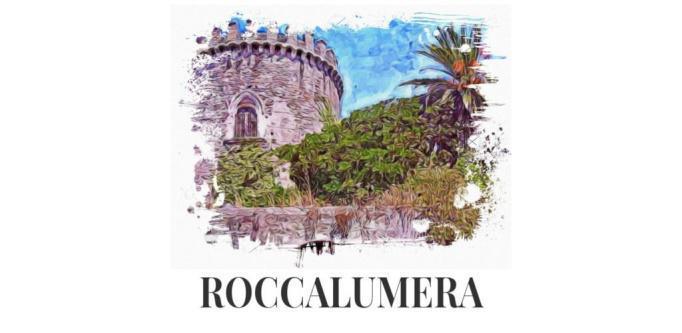
L'Antica Filanda - The Old Spinning Mill
522 Corso Umberto I Roccalumera
L'Antica Filanda
La manifattura della seta rappresentò un tempo la principale attività di Roccalumera. Erano attive due filande a vapore, una a monte, ora demolita, di fronte l’attuale ufficio postale, l’altra sul lungomare, ancora esistente, di cui è visibile la ciminiera in mattoni. Entrambe risalenti ai primi del ‘900, pare che siano rimaste attive sino al 1945/1946. L’attuale filanda si compone di un ampio edificio a due piani di forma rettangolare. Una serie di finestre ad arco si aprono sul ballatoio in ferro lungo tutta la costruzione. Nella parte retrostante si innalza la ciminiera in mattoni. Il ciclo produttivo comprendeva cinque fasi: la macerazione, per ammorbidire i bozzoli, immersi in acqua saponata ad una temperatura di 60°, la scopinatura, per estrarre i capifilo dalle bave, la taratura, per unire le bave al fine di formare il filo di seta. Dopo queste tre fasi il filato veniva riunito in matasse con l’aspo. La seta grezza poteva così essere tessuta al telaio o sottoposta a due lavorazioni al filatoio: la binatura e la torcitura. L’ultima fase consisteva nella sbiancatura e tintura della seta.
